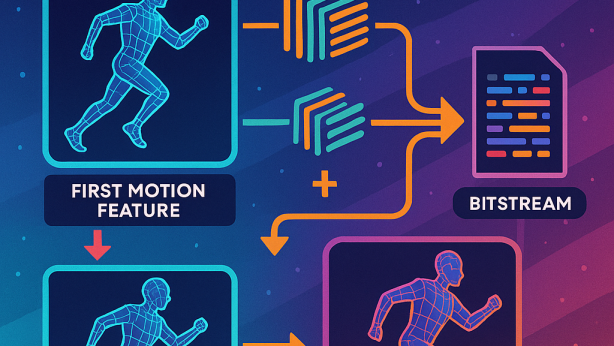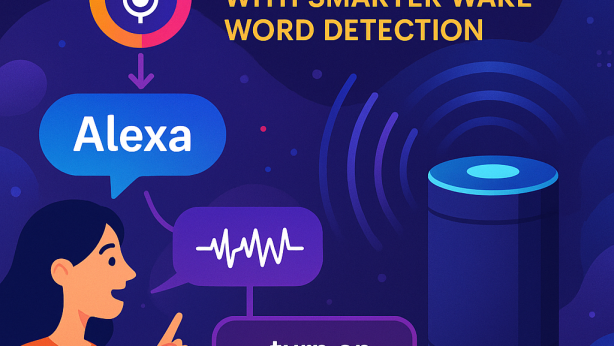SCHEDULING USER DEVICES IN GROUPS
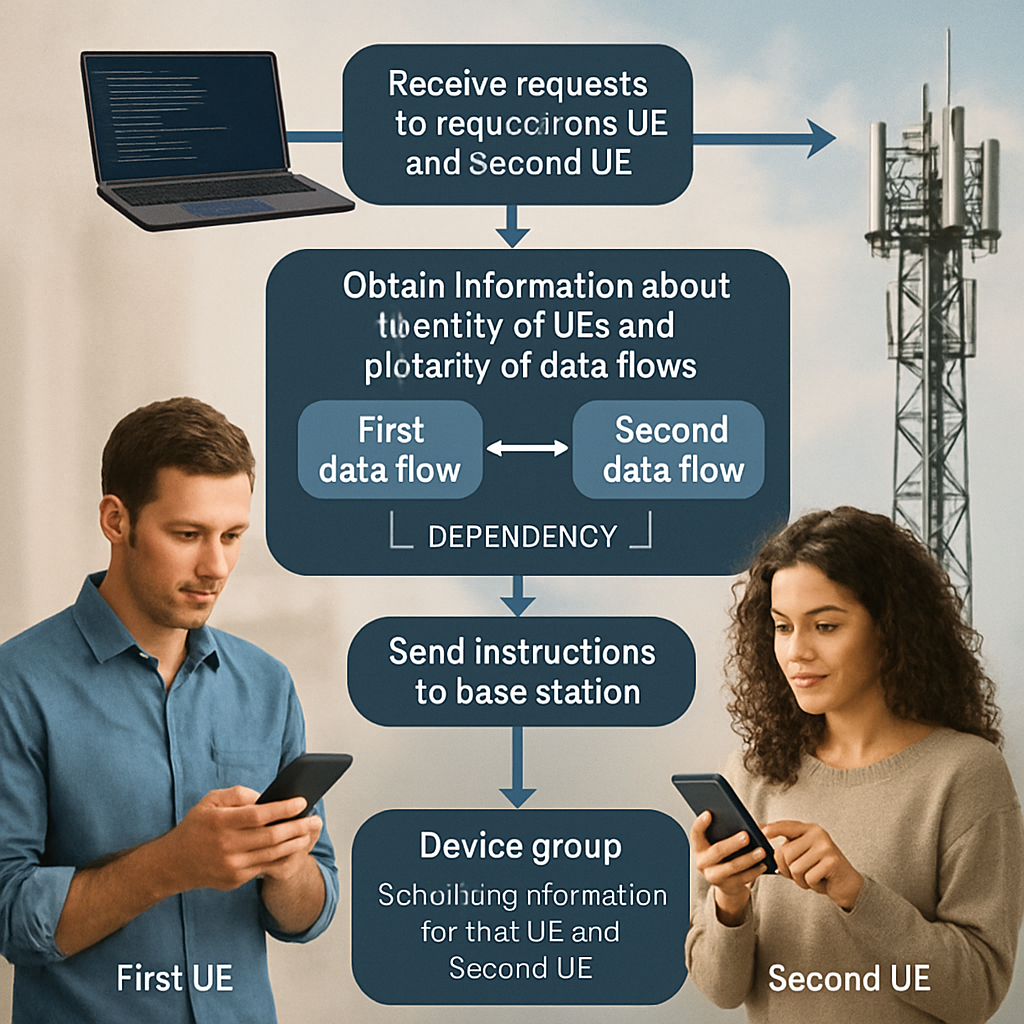
Invented by Hofmann; Christian, Hassan; Ahmed Mohamed Ibrahim, Mostafa; Amr Abdelrahman Yousef Abdelrahman, Alanis; Dimitrios, Zivkovic; Milan, Bijovski Ribakov; Nikolai, Botsinis; Panagiotis, Medjkouh; Said, Eldessoki; Sameh M., Tabet; Tarik
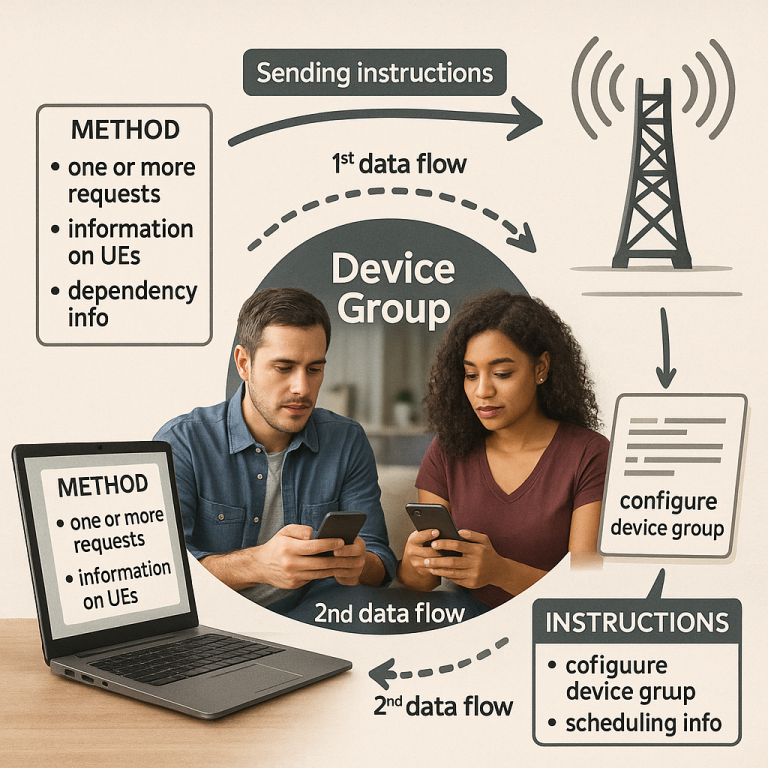
Wireless networks are changing fast. Now, more devices work together in real time—think VR headsets, smart sensors, and game controllers. But how do all these devices keep their data lined up? This new patent application shows a way to make groups of devices share and sync their data better than ever before. Let’s break down why this matters, what came before, and how this new idea works.
Background and Market Context
In today’s world, many people use more than one wireless device at a time. If you play a virtual reality game, you might use a headset, a joystick, and maybe even smart shoes. In a smart factory, dozens of machines need to talk to each other and work at the same moment. All these devices need to share data that matches up perfectly in time, or things just won’t work right.
Wireless networks like 4G and 5G have made it easy for one device—like your phone—to stream video or make calls. But what about a whole group of devices that need to work together? For example, in an augmented reality (AR) game, your headset needs video at the same time your controller sends movement data. If the video is late or the controller lags, your game will feel broken.
Companies are building more apps and devices that use groups of wireless gadgets. These include:
– Multiplayer VR games, where every player’s headset and controller need to sync up.
– Smart cars, with sensors sharing data about speed, location, and obstacles.
– Factories, where robots and machines act together for safety and speed.
– Healthcare, where monitors and alarms must match patients’ real-time conditions.
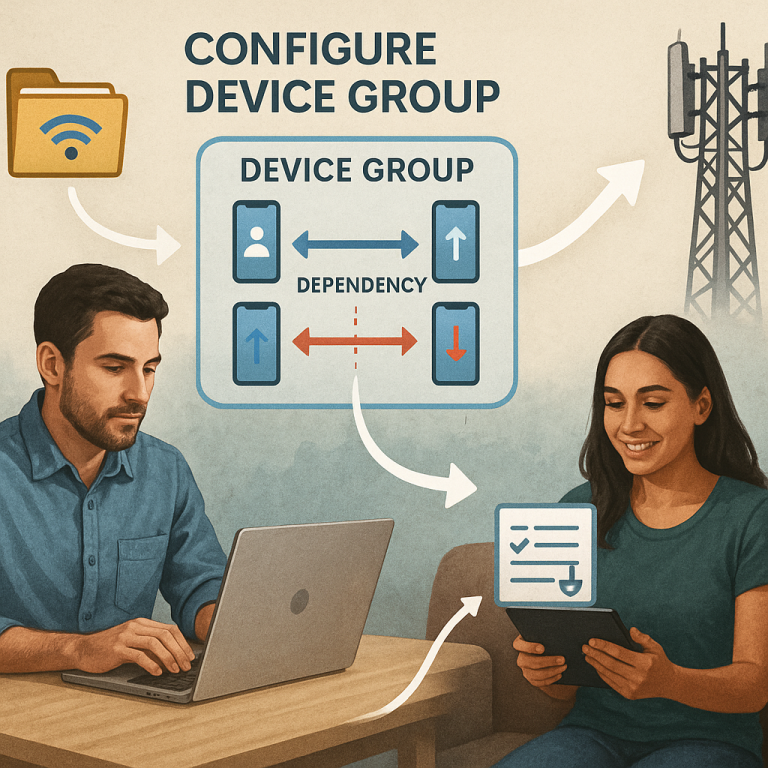
Why is it so hard to sync these devices? Every device may have a different connection speed, power, or way of handling data. Networks often treat each device as if it’s alone, not as part of a team. This can cause delays, mixed-up messages, or even dropped connections.
What the market needs is a simple way to group devices, keep their data in sync, and make sure they all get the right info at the right time. This is what the new patent application sets out to solve.
Scientific Rationale and Prior Art
To really grasp why this invention is special, let’s look at how things work today. In current wireless networks, each device (called a user equipment or UE) connects to the network and gets its own share of the radio waves, known as “resources.” A base station (like a cell tower) decides when each device can talk or listen. This is called “scheduling.”
When only one device is involved, this works well. But with a group, things get tricky. Suppose two devices need to get a video and audio stream at the same time for a smooth experience. If one device gets its data late, the user will notice.
Some wireless standards, like 5G, allow devices to talk directly to each other (called “sidelink”). This helps in some cases, but does not solve timing mismatches or data dependencies between different devices. Also, if the base station sends instructions to each device one by one, it uses a lot of network resources and can slow things down for everyone.
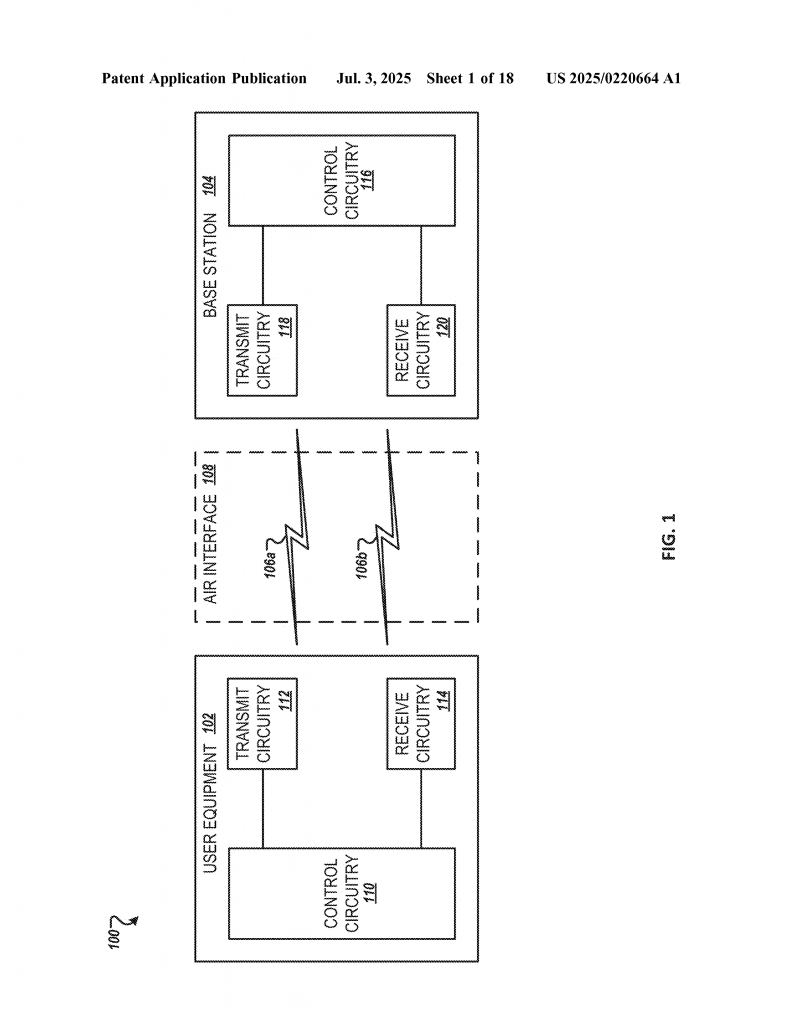
Previous solutions have tried a few tricks:
– Sending the same message to all devices, hoping they process it at the same time.
– Letting one device act as a “manager” for the group, but this can be slow and not very flexible.
– Using “Quality of Service” (QoS) rules to set priorities, but this does not guarantee data will arrive at the same moment for all devices.
None of these methods allow for true, fine-tuned control over how and when each device in a group gets its data, especially when different devices have different needs or speeds.
What’s missing is a way for the network to know about the relationships between data flows for different devices, and to use this knowledge to schedule messages so that all devices stay in sync—even if their hardware or connections are different.
Invention Description and Key Innovations
Now let’s look at what this new patent application brings to the table. The heart of the idea is a method for registering devices into a “device group,” sharing information about their data needs and dependencies, and then using that information to send data at the right time to each device. Here’s how it works, in simple terms.
First, the network receives requests to register two or more devices as a group. This group could be, for example, your VR headset and controller, or a set of sensors in a car.
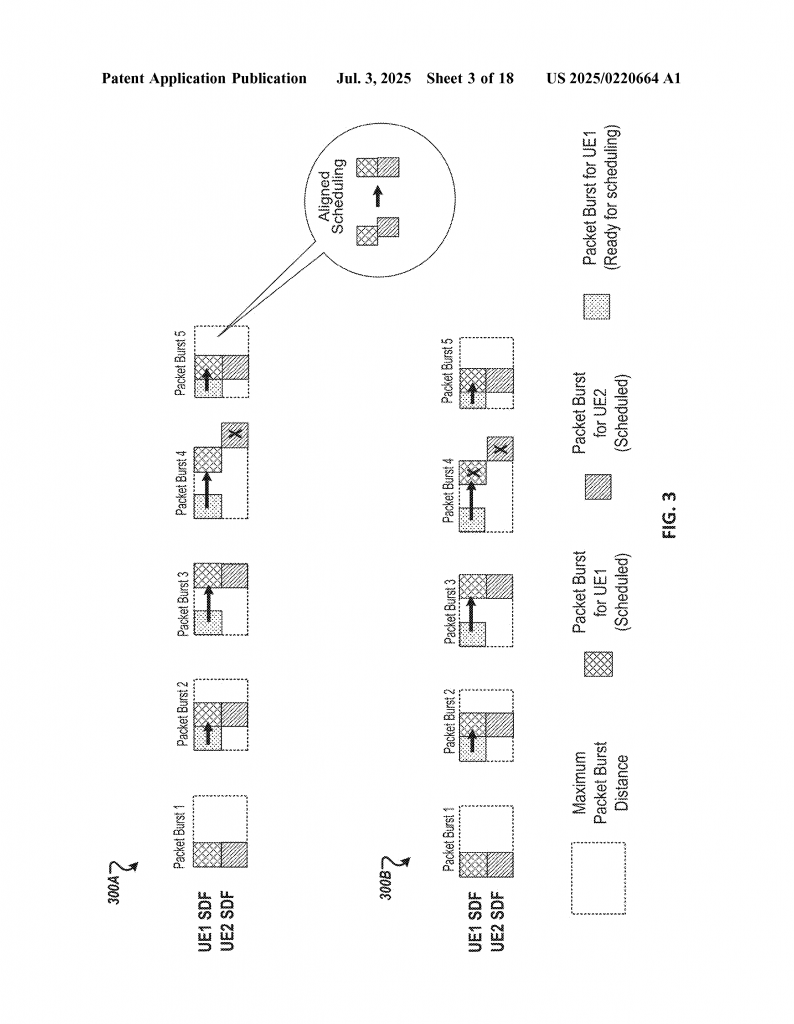
Along with the registration, the network gets information about each device’s data flows—what kind of data they need (like video, audio, or sensor readings), how these data flows depend on each other, and any timing rules (like “these two messages must arrive within 10 milliseconds of each other”).
This “dependency information” is the key. It tells the network not just that devices need data, but that their data needs are linked. For example, maybe the video for the headset should not show a new scene until the motion sensor data from the controller arrives.
Armed with this info, the network creates a “device group” and assigns it a unique ID. It then tells the base station how to schedule messages for the group, making sure the timing fits the dependencies.
The network can set up special rules, such as:
– Timing constraints: Only allow a certain maximum delay between when two devices get their messages.
– Priority rules: Maybe video is more important than sound, so if there is a problem, video is sent first.
– Group sessions: Bundle all the data for the group into a single session, making it easier to manage and keep in sync.
The base station can then send a single “group assignment” message to all the devices, telling them when and how to receive their data. Each device uses this message to know what resources (radio channels) to use and when to expect their data.
If devices move around or the quality of the connection changes, the network can ask each device to report back on delays or signal strength. The scheduling can then be adjusted in real time, keeping everything in sync.
If a new device wants to join the group (like another player joining a VR game), it can send a request to be added. The network updates the group settings and tells everyone the new plan. If a device leaves, it’s just as easy to remove it.
Let’s look at a simple example: A VR headset and controller are both registered as a group. The headset needs video and the controller needs motion data, but both must be updated at the same time for smooth gameplay. The network gets this info, sets up timing rules, and tells the base station to schedule both data streams so that they arrive together. If one device is slower, the network can “hold” the faster device’s data until both are ready, or, if the delay is too big, it can choose to drop the late data to keep things moving smoothly.
This method can be used for many types of devices and applications. It works in regular cellular networks, direct device-to-device links, or even local hotspots. It is flexible, allowing for both fixed and changing groups, and can adapt as devices move or change their needs.
The result is a simple, powerful way for networks to treat groups of devices as teams, not just as single users. This opens the door for more immersive games, safer cars, smarter factories, and better healthcare monitoring—anywhere devices need to act together, in sync, in real time.
Conclusion
As wireless technology keeps growing, the need for devices to work together is becoming more important every day. This patent application shows a big step forward. By letting the network know about the links and timing rules between devices, and by managing groups of devices as a single unit, this approach makes it possible for all kinds of wireless gadgets to stay in perfect sync. The benefits reach far beyond games or entertainment—they go into cars, factories, hospitals, and homes. As more apps depend on groups of devices, this new way of scheduling and syncing them could soon be the foundation of our connected world.
Click here https://ppubs.uspto.gov/pubwebapp/ and search 20250220664.
